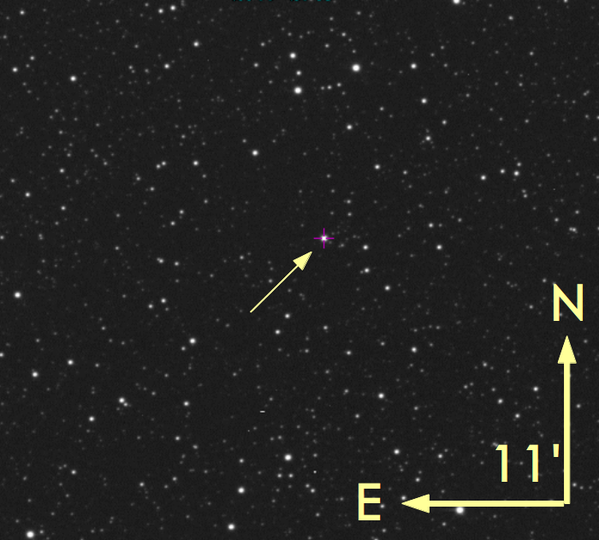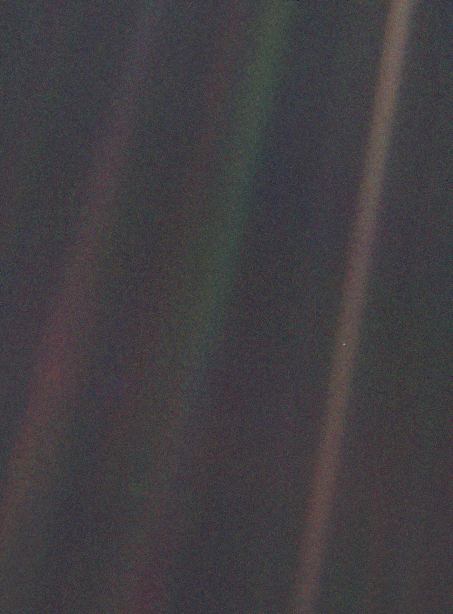
The European Southern Observatory (ESO) announced yesterday (January 15, 2016) that it has launched its Pale Red Dot campaign: an Earth-like planet hunt around the next-nearest star, Proxima Centauri. ESO invites you to follow along in the observing campaign, which will be run from Chile starting January 15, 2016, through April. The campaign will be accompanied by blog posts and social media updates.
Will they find a planet? No one knows. In the months following the observations, the scientists will analyze the data and submit the results to a peer-reviewed journal, ESO said.
Proxima Centauri is the nearest of the three stars in the Alpha Centauri system, the nearest star system to Earth. Its distance is just 4.2 light-years from away, but we can’t easily go there via spacecraft. ESO said:
Previous observations have provided tantalizing, but weak hints of a small companion orbiting this red dwarf star, but this new campaign will make a more sensitive search for the telltale wobbles in the dwarf star’s orbital motion that might reveal the presence of an Earth-like orbiting planet.
Observations will be made with the High Accuracy Radial velocity Planet Searcher (HARPS), attached to ESO’s 3.6-meter telescope at La Silla Observatory. The HARPS data will be complemented by images from an assortment of robotic telescopes located across the world.
As scientists search for a planet, you can follow along with the Pale Red Dot outreach campaign, via background articles and through social media. An array of blog posts on many topics — including planet-hunting techniques, ESO’s European Extremely Large Telescope (E-ELT), and the lives of stars — are planned.
There will be daily social media updates, briefing the public on how the observations are going and any events taking place at the three observatories involved. To receive updates, people are invited to follow the Pale Red Dot Twitter and the hashtag #PaleRedDot.
How long would it take to get to Alpha Centauri?
Saturdays are 'Observatory life' First stop: The ESO guesthouse https://t.co/VYLrjK2cvS tomorrow from Alan Boss @CarnegieAstro #palereddot
— Pale Red Dot (@Pale_red_dot) January 16, 2016

The name of the Pale Red Dot campaign was inspired by the famous pale blue dot image of the Earth, taken in 1990 by Voyager 1 on its way to interstellar space. The phrase was later used by Carl Sagan for his essay: Pale Blue Dot: A Vision of the Human Future in Space.
As Proxima Centauri is a red dwarf star, astronomers expect that an exoplanet orbiting it will appear reddish. ESO says:
At the same time, just as Voyager’s image of Earth was a remarkable achievement for humanity, finding an Earth-like exoplanet around the closest star to us would be a another step towards answering humanity’s biggest question: Are we alone?
Follow the Pale Red Dot website and blog
Bottom line: The European Southern Observatory is conducting a planet hunt, and you are invited to follow along via background articles and blog posts, plus a special feed on Twitter.











